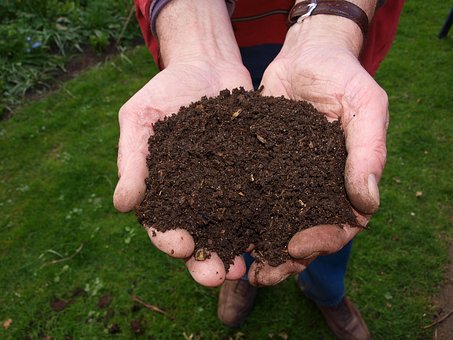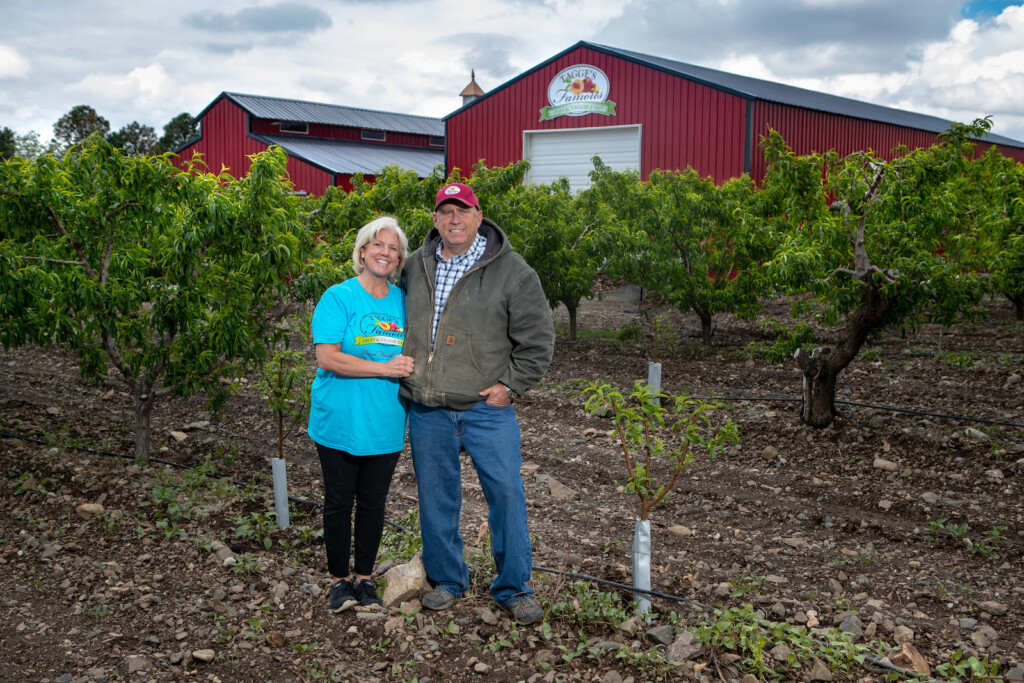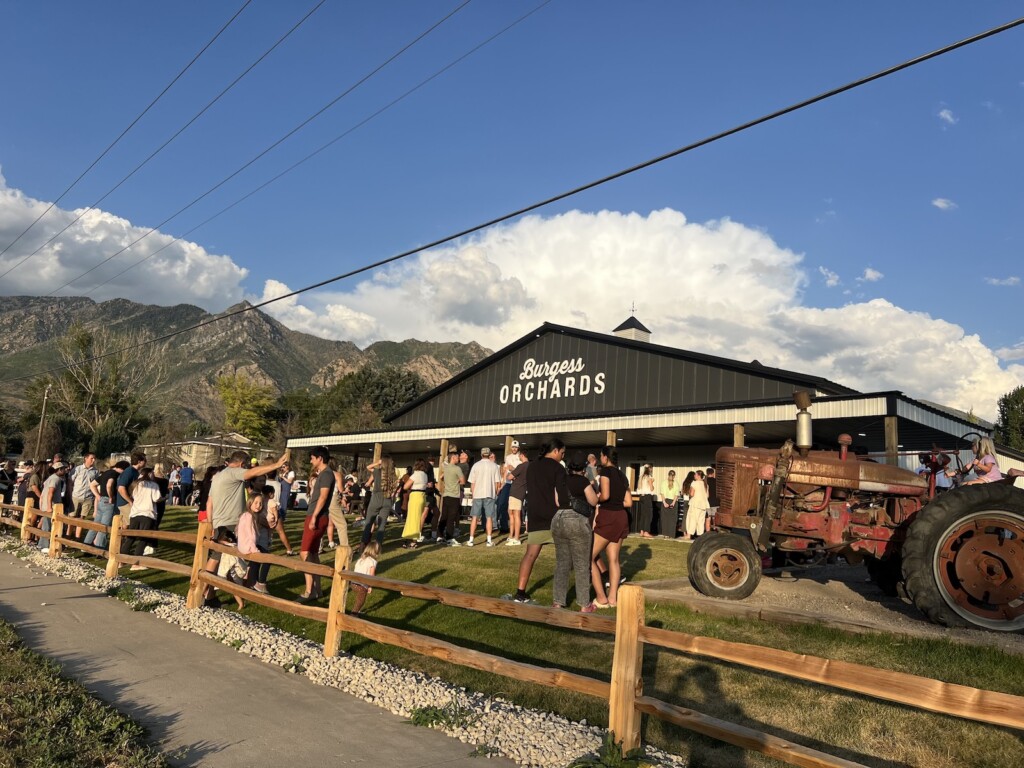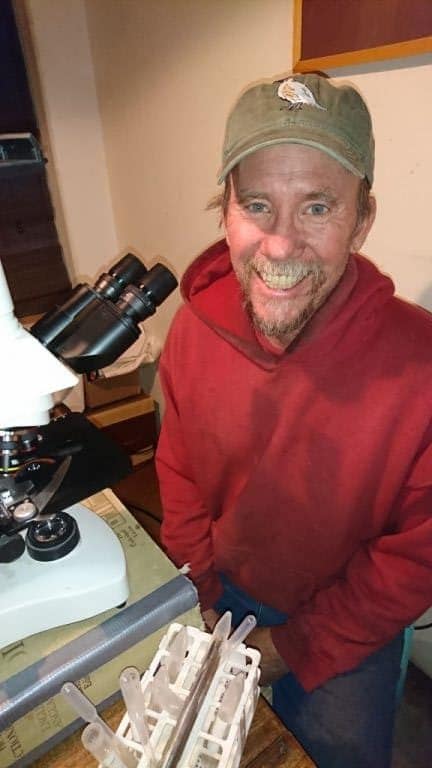
The science of soil management
Fertile soil is imperative for any successful farmer or grower. The Soil Food Web is the colony of organisms living in the soil. The food web is a complex living system that interacts with the environment, plants, and animals.
When an agricultural town with a population of less than 300 turns out in high numbers for a workshop on soil management, it’s going to make an impact. Where the town also relies on the fragile, high desert pastures and riparian ecosystems of central and southern Utah, it may prove revolutionary.
“There’s really a ridiculously high level of soil biology awareness in Boulder, Utah,” says Josh Ellis, part of the team building the soil amendment service, High Desert Soil Works.
Boulder’s savvy agricultural entrepreneurs take notice when new techniques come to town. They turned out when Brandie Hardman and Ron Johnson, owners of the Boulder Mountain Lodge and its supporting restaurant and agricultural enterprises, hosted soil biologist Elaine Ingham for her five-day Soil Food Web workshop several years ago.
Passion comes together with business
Ellis and his business partner, Eric Feiler, were struck by the great potential of the Soil Food Web. Ingham’s system transforms dirt already rich in mineral content into fertile soil with the addition of organic components formulated specifically for the conditions.
“We decided to really start pursuing (Ingham’s techniques) and figure out how to open a business around it,”Feiler says.
“If you look at the scale of agricultural inputs and the totality of your market size, these techniques represent billions of dollars in potential revenue,” Ellis adds.
Rangeland management is serious business for people who rely on healthy pastures for ranching enterprises. Meanwhile, extraction and recreation land uses seriously impact the very resources they rely on—management planning processes for public lands in Utah has never been easy.
For Hardman and Johnson, Ingham’s techniques have proved effective economically and ecologically. Fertile pastures allow for a strict cattle rotation regime that reduces irrigation and labor costs.
“It’s all in the management,” Hardman says. “There are many different ways you can improve the soils, but we’ve found this works for us.”
Feiler enrolled in Ingham’s Soil Foodweb Consultant training program, which was equivalent to earning a second master’s degree.
“The science isn’t that deep and hard to understand, but the practice of it is a lot harder than people think,” Feiler says. “Making good compost is not easy, and making the derivatives of good compost is really not easy.”
Feiler hopes his final project will restore one of Boulder’s most iconic pasturelands.
Jacqui Smalley and her husband John Austin purchased the property exiting the Grand Staircase Escalante National Monument on Highway 12 when they learned it might be vulnerable to development.
They partnered with the Nature Conservancy of Utah to raise funds to cover the ranch with a conservation easement, with a primary purpose to conserve sensitive soil resources. The easement is managed by the Utah Department of Agriculture and the US Natural Resources Conservation Service.
The couple soon had 100 head of organically raised Black Angus Cattle, which they hoped would make the ranch financially sustainable. After the death of her husband in a tragic plane crash ten years ago, Smalley sold the cattle and her Chilean horses.
managing agricultural lands
Today a ranch manager oversees the property, ploughing, reseeding, and harvesting alfalfa off the property annually, ensuring fertile soil. It’s a resource-intensive burden experienced by many managing agricultural lands, and Feiler and Ellis’ project is being watched with hope that a soil food web can lighten it.
“It would be a great turnaround,” Smalley says. “At the moment, (the pasture) doesn’t have great microbial components. What it has is automated water, and a ranch manager who will plough and plant seeds. If it succeeds, Eric’s project will be a great case study for everyone here who might be hesitant about switching from growing straight alfalfa, using irrigation, or fertilizer.”
Ellis put his mechanical engineering skills to work designing a low-pressure pump that will inject Smalley’s irrigation stream with Feiler’s compost slurry, hopefully resulting in a more fertile soil mixture, formulated specifically for Smalley’s fields. The field’s pivot irrigation system will apply the mixture designed to fix nutrients and help restore the native qualities of the pasture.
“Part of the reason (compost) hasn’t been catching on is because of the way people are viewing it,” Feiler says. “People assume that anyone who wants to get involved must want to be passionate about compost. But people just want solutions equivalent to what they’re doing now.”
The partners are going beyond consulting to build High Desert Soilworks around the actual service of soil amendment, because the application of the amendment is as critical to success as the formula.
Supporters like Tom Hoyt have helped provide early funding critical during the research and development phase.
He’s hopeful that the duo will be successful applying their skills to riparian habitat restoration on a conservation easement on his property. The property, on the confluence of tributaries into the Escalante River, is home to a rich diversity of wildlife from birds to bobcats.
Hoyt points out, “Other parts of the world have been ahead of us on this … recognizing that if you get the biology right, the nutrition of what you’re growing can change pretty dramatically. Now we’re thinking about the nutritional value of what we’re producing—whether that’s carrots or alfalfa, or even what can be produced for wildlife.”
Sweetwater Kitchen Compost
Have you ever tossed stinky leftovers? Congratulations — you’re a born microbe connoisseur.
“In the natural world, we as human beings figured out that if something tasted well, that means the nutrients are in balance,” says soil scientist Dr. Elaine Ingham. “Too much of one thing and not enough of another — we can taste the difference because our health is directly related to what we’re consuming.”
Brandie Hardman, co-owner of the Boulder Mountain Guest Ranch and the Sweetwater Kitchen in Boulder, Utah knows that nutritious food means amazing flavor. Flavorful food means awesome Yelp reviews, and a word-of-mouth marketing campaign for her lodge, ranch and cafe that is so successful she doesn’t bother advertising.
Culinary adventurers among us may have cabbage turning into sauerkraut on the countertop, or a sourdough starter in the cupboard. But what we may not realize, Ingham says, is that whether or not we think of our food as “probiotic,” everything we eat comes from an interaction with a microbiome.
The soil under our feet is teeming with minerals, which are eaten by bacteria and beneficial fungi, which are eaten by microscopic predators, and the predator’s poop releases all the nutrients properly balanced to make your plants healthy. Soil full of life grows plants full of nutrients – and flavor.
“When food is grown in chemical systems, people have no idea what good and bad nutrients taste like,” Ingham says. “They don’t know that really amazing flavor of really nutritious food.”
Hardman says she and her husband, Ron Johnson, have learned a lot since the lodge’s former owners offered to sell it to them 12 years ago. Hardman and Johnson had just been married on the property and it had been their backpacking base camp for years, but neither had experience in hospitality or ranching.
“Now I’m like — oh my gosh, we’re ranchers and land stewards,” Hardman says. “My husband’s and my personality is that we’re gung-ho about anything we do; we love challenges and we love to grow.”
Knowing this about her, a friend encouraged Hardman to attend an intensive Permaculture Design Course hosted in Boulder soon after they bought the property.
Hardman says she hardly considered it. “I couldn’t take two weeks off from running a ranch!”
They pressed her to attend just one day and give it a chance. “So I went to that first day,” she says, “and afterward I came back down to the ranch and just said, ‘I’m taking the next two weeks off.’ That’s how it all started.”
Not long after, Hardman attended a half-day lecture by Ingham about her research on life in the soil. Another lightbulb went off, Hardman says. “Soil was the answer to everything.”
Since then, Hardman has revolutionized the ranch’s operations with the technologies she learned from Ingham and the Permaculture Design Course.
For a few years, the ranch team ran a soil lab with the help of a soil biologist trained by Ingham, studying their own soil and producing customized amendments using Ingham’s techniques. Today the ranch manager uses custom-formulated compost tea produced in California by another Ingham-trained soil biologist.
Paired with permaculture tilling and cultivating practices, the result has been low-maintenance pastures for their beef cattle, and flavor-packed organic veggies grown on the property for the kitchen. The beef, branded “Bar None,” is in demand at regional restaurants, and can even be found at restaurants on the Wasatch Front, like Omar’s Rawtopia in Millcreek.
Meanwhile, wetlands on the property, restored in collaboration with the National Resources Conservation Service and the Department of Fisheries and Wildlife, host more than 40 natural beaver ponds and are helping irrigate their pasture lands from the water table up.
“Once you have that education, you really can’t turn back,” Hardman says. “You can’t pretend there aren’t things you can do; you can’t pretend there aren’t ways you can turn things around.”
“We do it because it works,” she says. “It’s so crazy. You can learn about it and go see talks about it, but the best way to learn is just to do it. It actually does work.”
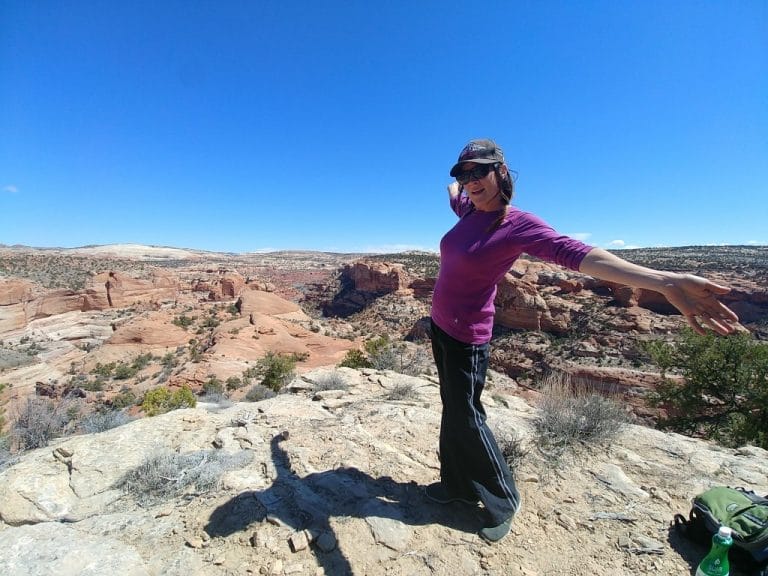
Sweetwater Kitchen
3621 Hell’s Backbone Road, Boulder, Utah
435-335-7482
More agricultural articles and stories from Utah Stories .

